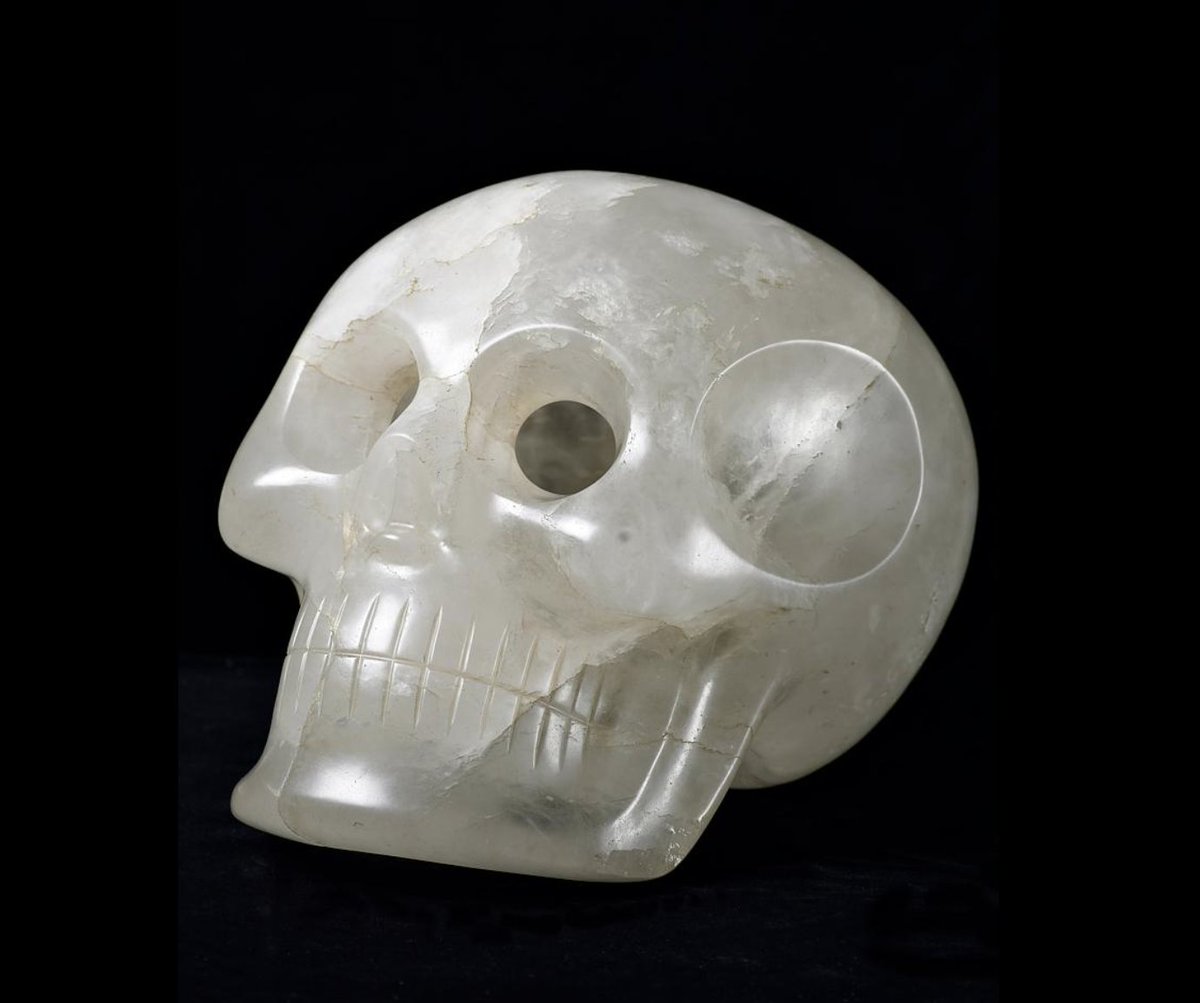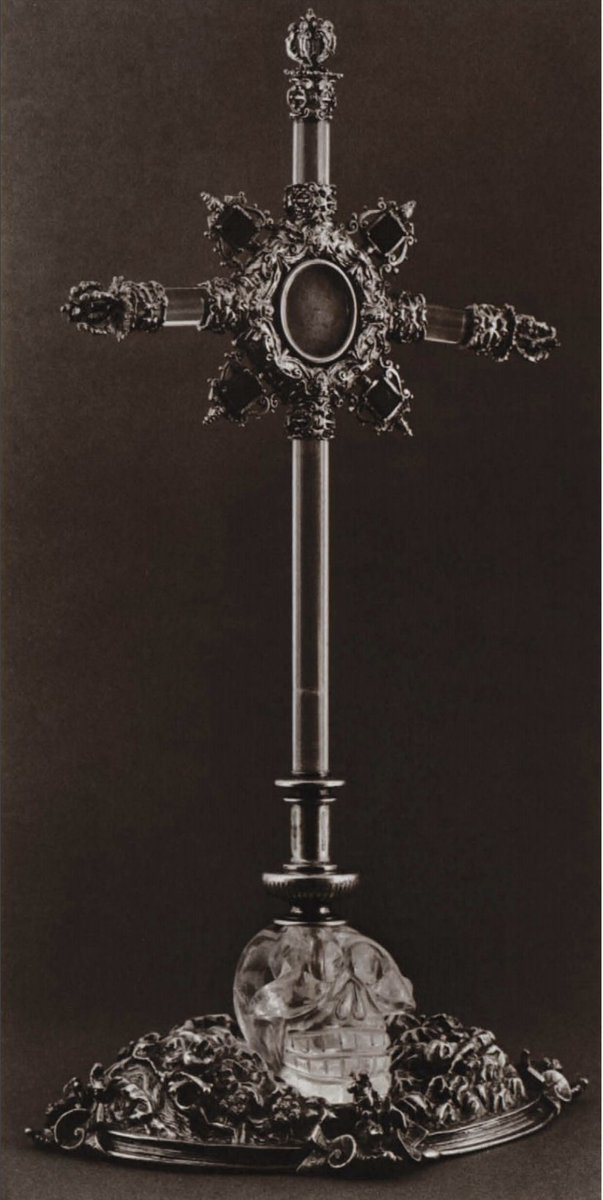Four Crystal Skulls for #MuseumsUnlocked.
First, from the @quaibranly, this rock crystal skull was bought as an Aztec artefact from dealer Eugène Boban by Alphonse Pinart, and donated to the Trocadéro, Paris. It& #39;s now believed to be a 19th-century fake. (1/4)
First, from the @quaibranly, this rock crystal skull was bought as an Aztec artefact from dealer Eugène Boban by Alphonse Pinart, and donated to the Trocadéro, Paris. It& #39;s now believed to be a 19th-century fake. (1/4)
(2/4) Then in London - Here& #39;s the rock crystal skull in the @britishmuseum. Bought from Bobin by Tiffany and Company, and in turn purchased by the museum in the 1890s - it is also generally believed to be a 19th-century fake #MuseumsUnlocked
(3/4) In Washington, DC: The @smithsonian& #39;s crystal skull reportedly "arrived in the mail with an unsigned letter in 1992, stating that it was purchased in Mexico in 1960 and was Aztec." It& #39;s understood now, as with the London and Paris examples, to be a fake. #MuseumsUnlocked
(4/4) But here& #39;s what is generally understood to be a smaller 16th-century Aztec crystal skull incorporated into a later 17th-century reliquary cross—seen here in the publication of a 1971 Met exhibition from the private collection of the Redo family, Mexico City #MuseumsUnlocked

 Read on Twitter
Read on Twitter





